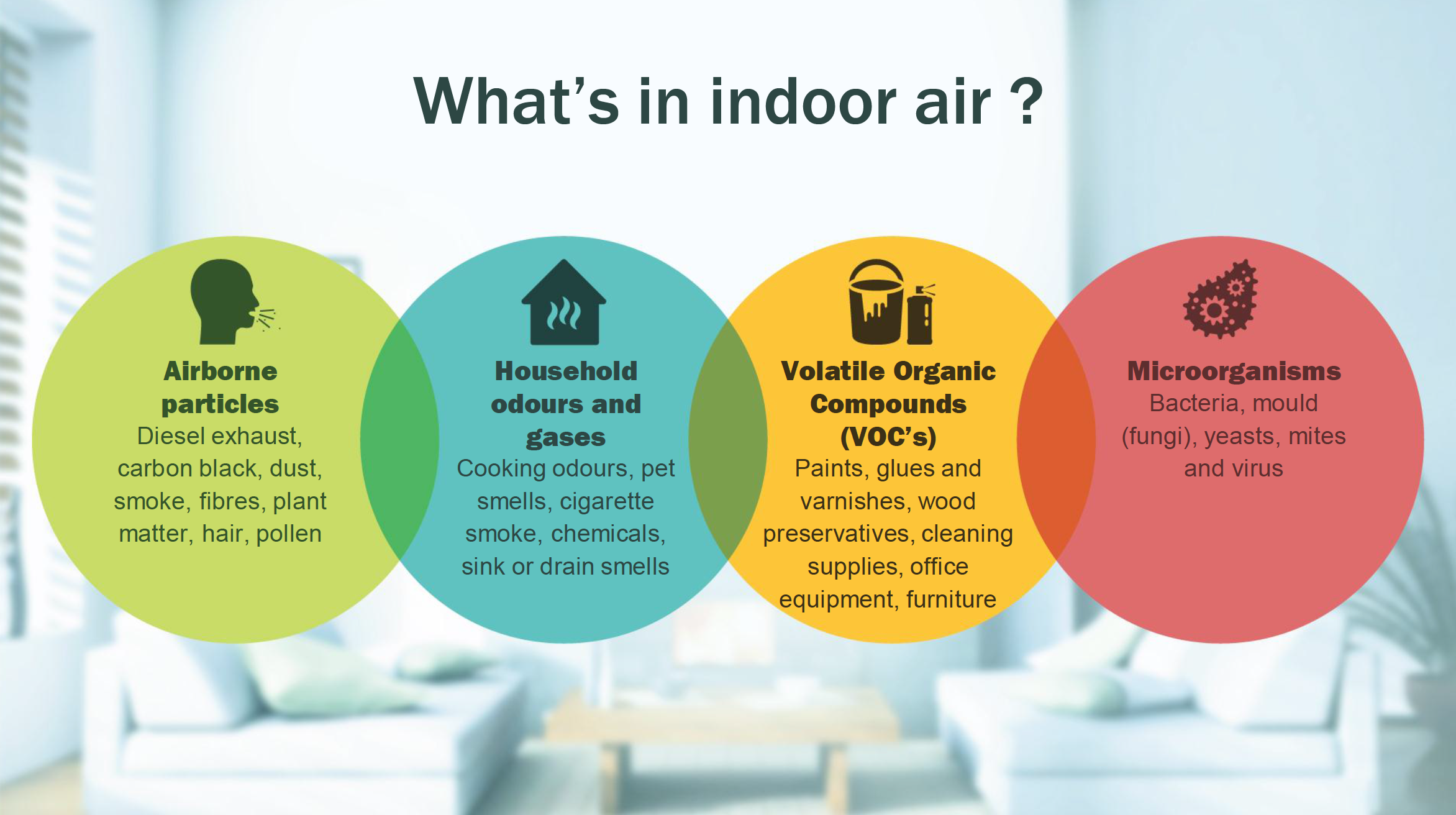Indoor air quality is a critical aspect that significantly impacts our health and overall well-being. In fact, the health effects of indoor air quality can range from mild symptoms like fatigue and concentration issues to more severe respiratory problems. Understanding the importance of ventilation is vital, as proper airflow can help to reduce indoor air pollutants that accumulate in our living and working spaces. Studies suggest that improving indoor air quality can lead not just to healthier buildings, but also to enhanced cognitive function and productivity. As we explore this topic further, the link between our environments and our physical health becomes increasingly evident.
When discussing the quality of air within buildings, we often underscore the effects it has on our physical health and daily functionality. The environments we inhabit—be it at home, in offices, or in educational settings—play a crucial role in determining how we feel and perform. Ensuring proper ventilation helps mitigate harmful airborne contaminants that can adversely affect our well-being. Additionally, a focus on establishing healthy indoor spaces can lead to substantial improvements in life quality and productivity. As we delve deeper into this subject, we will uncover various strategies for enhancing the air we breathe indoors.
Understanding Indoor Air Quality and Its Health Effects
Indoor air quality (IAQ) is a critical aspect of health that often goes unnoticed until it leads to tangible effects. Poor IAQ can have serious implications on physical health, contributing to conditions such as respiratory diseases, allergies, and even cardiovascular issues. The presence of common indoor air pollutants like mold, carbon dioxide, volatile organic compounds (VOCs), and particulate matter can compromise the environment in which we live and work, highlighting the urgent need to assess and improve indoor environments.
Moreover, the health effects of indoor air quality extend beyond physical ailments. Psychological impacts due to ongoing discomfort from poor air quality can lead to decreased productivity and increased stress levels. Studies have shown that individuals working in well-ventilated spaces with high IAQ report better cognitive function and mood, reinforcing the link between indoor conditions and overall well-being. Understanding this relationship empowers us to take necessary actions to enhance our indoor spaces and mitigate health risks.
Frequently Asked Questions
What are the health effects of indoor air quality?
Indoor air quality significantly impacts health. Poor air quality can lead to respiratory issues, headaches, fatigue, and can exacerbate allergies and asthma. Long-term exposure to indoor air pollutants may result in chronic health conditions.
Why is the importance of ventilation in maintaining indoor air quality?
Ventilation is crucial because it helps dilute indoor air pollutants and bring in fresh air. Proper ventilation reduces the concentration of harmful substances, improves overall air quality, and supports a healthier living environment.
How do healthy buildings impact indoor air quality?
Healthy buildings are designed with features that enhance indoor air quality, such as effective ventilation systems, use of non-toxic materials, and air filtration. These features can reduce pollutants and allergens, promoting better health and productivity.
What are some common indoor air pollutants that affect air quality?
Common indoor air pollutants include mold, dust mites, pet dander, volatile organic compounds (VOCs), and carbon monoxide. These pollutants can affect health and are often found in various household products and materials.
What are effective ways to improve indoor air quality?
Improving indoor air quality can be achieved by increasing ventilation, using high-efficiency air filters, reducing the use of VOCs and toxic chemicals, regularly cleaning and maintaining HVAC systems, and incorporating plants that help purify the air.
| Key Area | Details |
|---|---|
| Indoor Air Quality | Indoor air quality significantly impacts health, including cognitive functions and overall well-being. |
| Average Time Indoors | Americans spend about 80% of their lives indoors. |
| Effect of Ventilation | Increasing building air ventilation has been shown to improve cognitive function. |
| Source of Air Pollution | Indoor spaces can be a source of outdoor air pollution. |
| Impact of Neighboring Units | In an apartment, up to 30% of indoor air can come from neighboring units. |
| Infectious Disease Prevention | To reduce indoor spread of diseases, increase outdoor air, use better filters, and deploy HEPA filters. |
| Dust Composition | Dust can be hormonally active. |
| Chemical Regulations | Only about 200 out of 80,000+ chemicals have been banned by the EPA since 1976. |
Summary
Indoor air quality plays a crucial role in our health and well-being, influencing both cognitive function and overall wellness. As our lives are predominantly spent indoors, attention must be directed toward how buildings are designed and maintained to ensure adequate ventilation and minimize exposure to harmful pollutants. By improving indoor air quality through better ventilation, filtration, and awareness of pollutants, we can significantly enhance our work and living environments.
